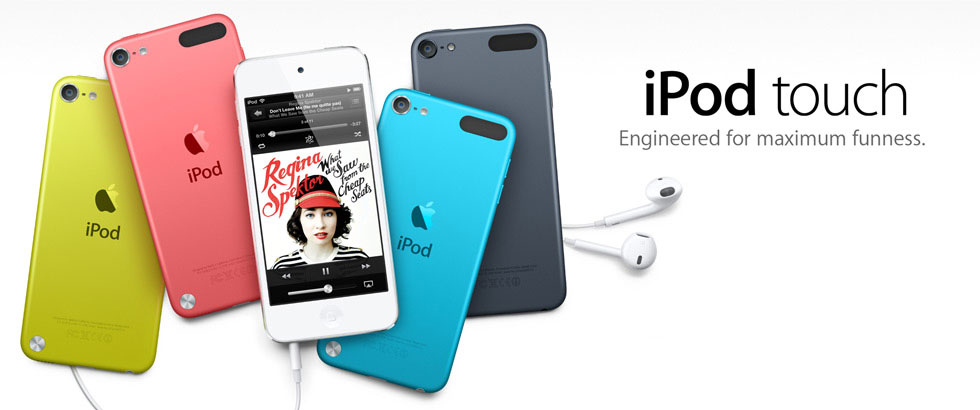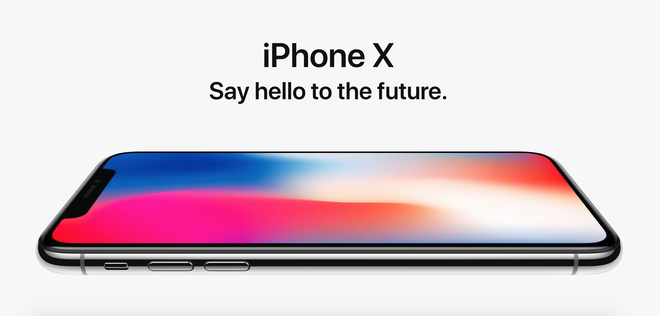This commercial, entitled "Good Odds" features Paralympic gold medalist Lauren Woolstencroft, a disabled skier. Though odds may have been against her from birth, she never stopped working hard and went on to win eight gold Paralympic medals. Despite having to work harder than most, she kept going, and seizes her freedom to move. An inspiring, feel-good first step into the campaign, Toyota immediately captured audiences' attention and inspired them to pursue their messages further.
Like any good advertising campaign, this one also includes social media efforts, highlighting the hashtags '#teamtoyota', '#startyourimpossible', and '#letsgoplaces' across Instagram, Twitter, and Snapchat. They also recruited and sponsored several of the world's top athletes, including Olympic gold medalist Chloe Kim and figure skater Ashley Wagner to be brand ambassadors at the actual games. Wagner came to extreme popularity this year after her reaction to just barely not making the US Olympic team this year. The ultimate message behind the campaign is that everyone has the 'freedom of movement'. Wagner's commercial touches upon her struggle and relates to audience members who may not have experienced such successes, but have experienced extreme disappointments. They can be encouraged knowing that some of the world's most talented people still fail sometimes, but they never give up. The slogan featured at the end of the commercial, "start your impossible" echos this sentiment.
Other commercials from this campaign feature more inspiring stories, such as the 'mobility anthem' which features a vast array of people from different cultures, ages and gender identities and how they move through their lives, as well as technological advances meant to aid mobility and garner more accessibility for disabled people, such as artificial intelligence driving.
As this is Toyota's first global campaign, it comes as no surprise that it is so content heavy. The messaging of this campaign is overall 'movement', which is logical for a transportation, specifically car company. Even the 'start your impossible' slogan is reminiscent of a car, as you start cars, as well. While this messaging relates to cars which audiences familiarize Toyota with, this campaign also aims to raise awareness of Toyota's expansion as a mobility brand, more than just automobiles.
The real key feature of this campaign, however, appears to be the inclusion and acknowledgement of a such a wide target audiences. With a global campaign, it is extremely difficult to narrow your message down to encompass and relate to everyone in meaningful ways that can cross cultural boundaries. However, Toyota has surpassed those boundaries by focusing on such a basic human experience and by having such a diverse range of representation throughout their commercials. Families can relate, hard workers can relate, disabled people can relate, even though most of us are not professional athletes, let alone the 'best of the best' at whatever particular thing it is we may do. Despite that though, we are all inspired by the potential we all have as human beings, all created equal. We all have that same freedom to move, and Toyota has really built a solid campaign based around that core message of motion.
It will be interesting to see the results once this campaign has finished its run, because it is anticipated to be highly successful, particularly if their goals were to improve brand attitudes towards Toyota, as not just an automobile producer, but a mobility company. This campaign is clearly geared more towards awareness and PR, rather than directly increasing sales or profits, however, with major success, Toyota should expect to see higher sales numbers as a result of this strongly resonating with so much of their wide consumer base.


















